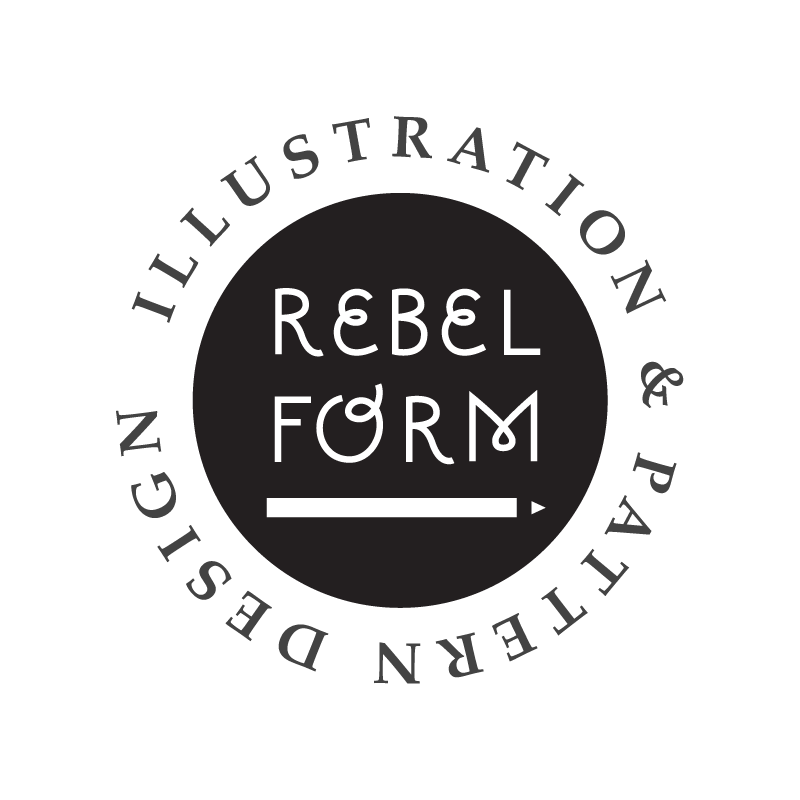The rules mentioned above hold true from a small scale to a large scale.
LEAF, BRANCH, TREE
The same rules apply, a leaf is built on the same principles as a branch, that is built on the same principles as a tree. When you observe a flower, leaf or tree, take a look at what rules are specific to that certain species of plant.
LEAF, BRANCH, TREE
The same rules apply, a leaf is built on the same principles as a branch, that is built on the same principles as a tree. When you observe a flower, leaf or tree, take a look at what rules are specific to that certain species of plant.
TANGENTS
Normally you should avoid shapes "grazing" eachother, ei tangents. Lines disappearing into eachother making your artwork harder to read.
Go out in nature and look how the branches are attached to the stem. Look for the mathematical "rules" that are true in nature.
Look at other illustration and pattern work to see how your favorite artists like to depict botanical elements.
But in botanicals, this rule is meant to be broken. Oftentimes embracing tangents will best mimic how branches grow from a stem or leaf nerves grow out from the middle of the leaf. Here, you should avoid large angles and really follow the direction closely. Rules are of course made to be broken (or unbroken in this case). If you're going for an abstract expression, you can of course let branches or nerves grow however you like.
The "FAN" effect
Think of an old school fan. Make sure that the direction of leaves from a branch are distributed in a fan shape, this will ensure movement throughout your botanicals. If the stem is pointing in one direction, the leaf or bud or flower, should follow that direction closely.
This goes for leaf nerves too, if they are drawn in a slight fan distribution, they will look more alive
FOLDED
Look for folded and overlapping shapes and practice them. They will bring a lot of life and movement to your compositions. Make sure leaf nerves follow the shape when the leaf has folded over.
STEMS
Stems , tree trunks and branches go from thick at the bottom closest to where it attaches, to thin at the top near the leaf or the flower. It is also true for leaf nerves which are thickest near the centre and thinner near the ends. This can be subtle or dramatic but it is almost always noticable. Your botanical illustrations will be much better for applying this rule in a subtle or dramatic way!
Stems , tree trunks and branches go from thick at the bottom closest to where it attaches, to thin at the top near the leaf or the flower. It is also true for leaf nerves which are thickest near the centre and thinner near the ends. This can be subtle or dramatic but it is almost always noticable. Your botanical illustrations will be much better for applying this rule in a subtle or dramatic way!
